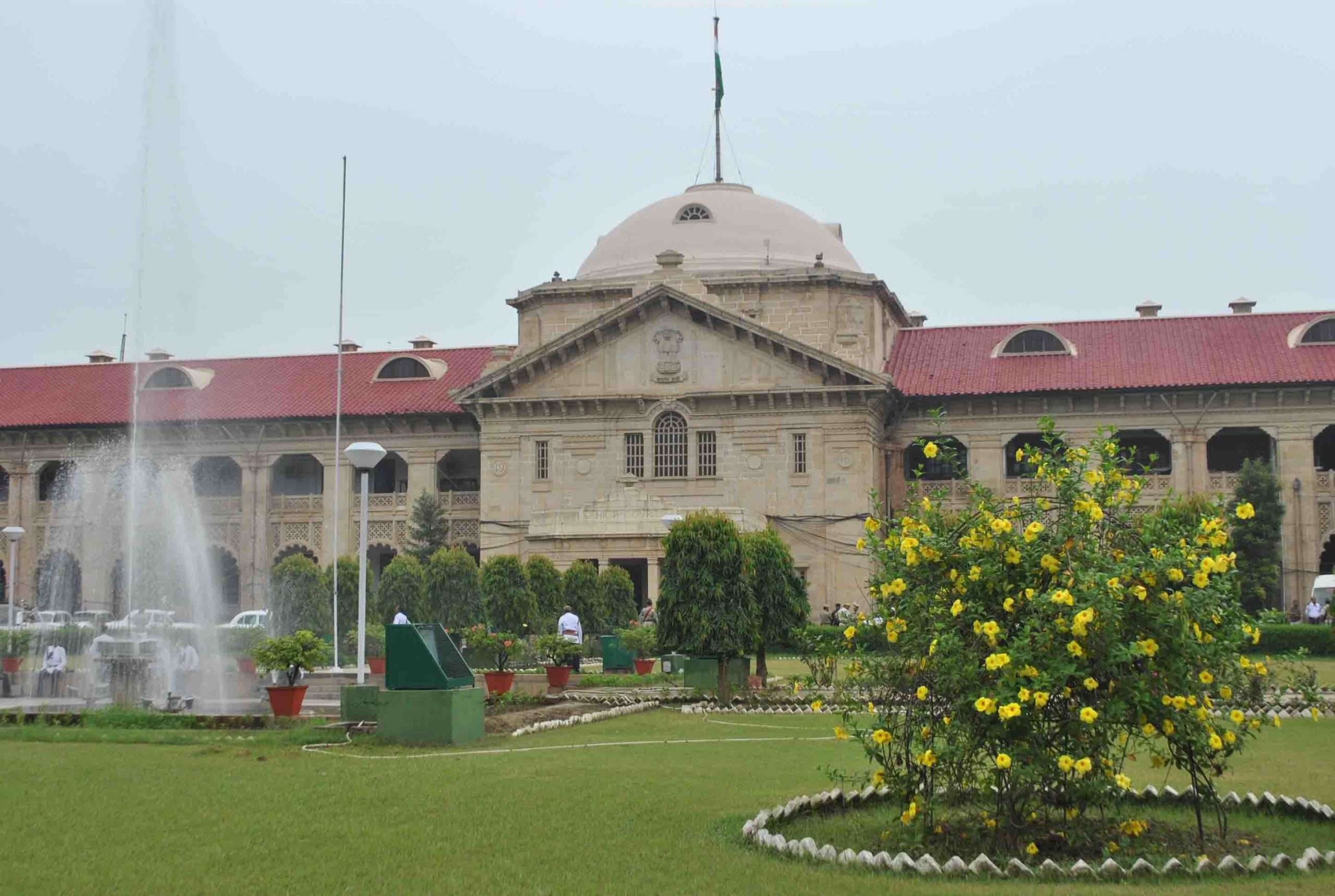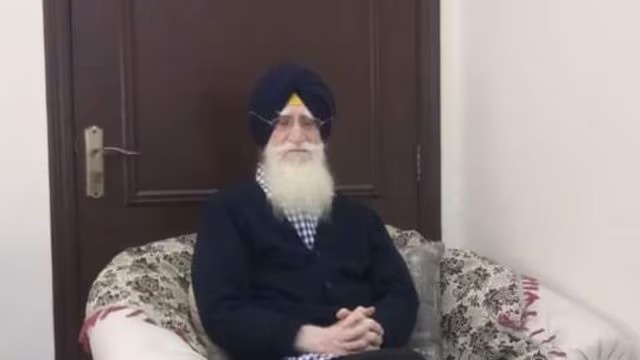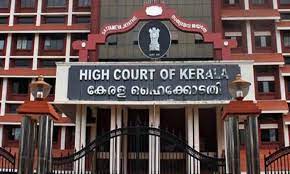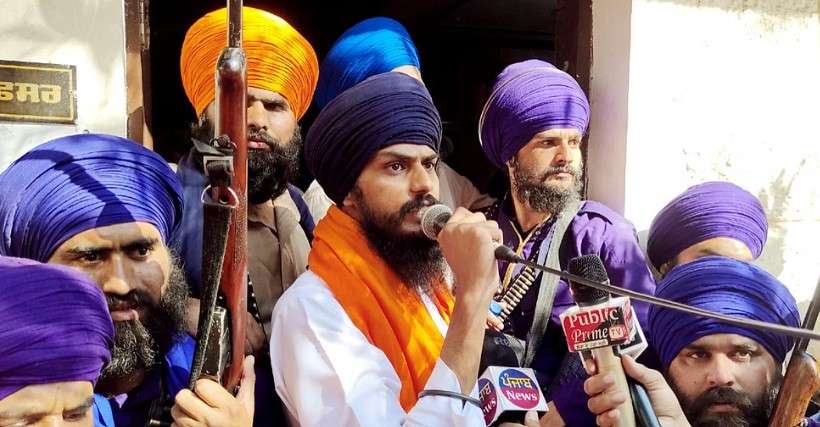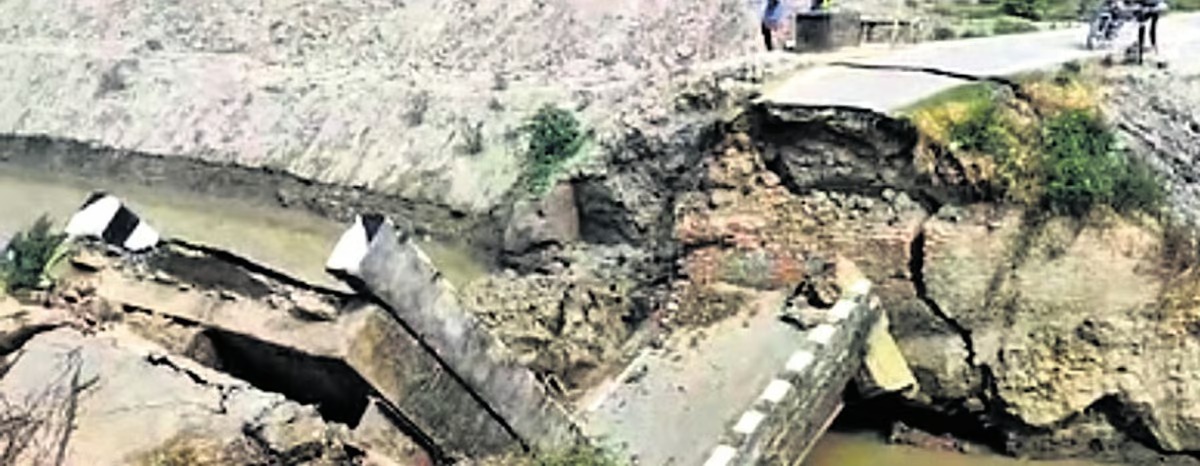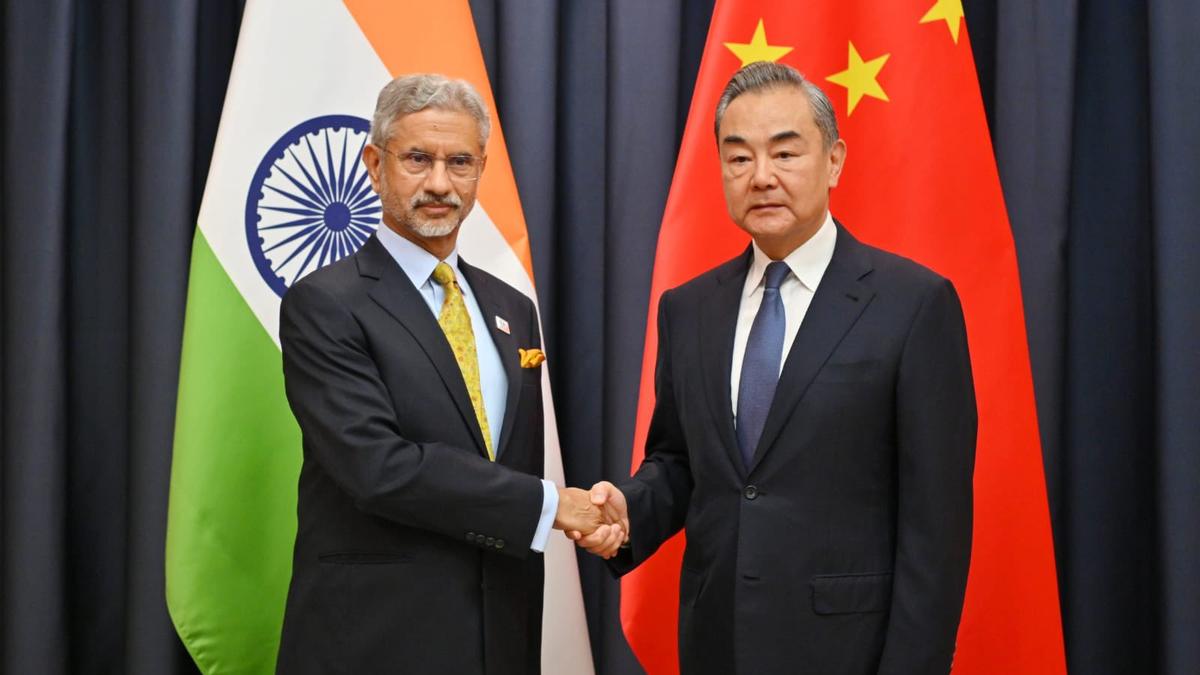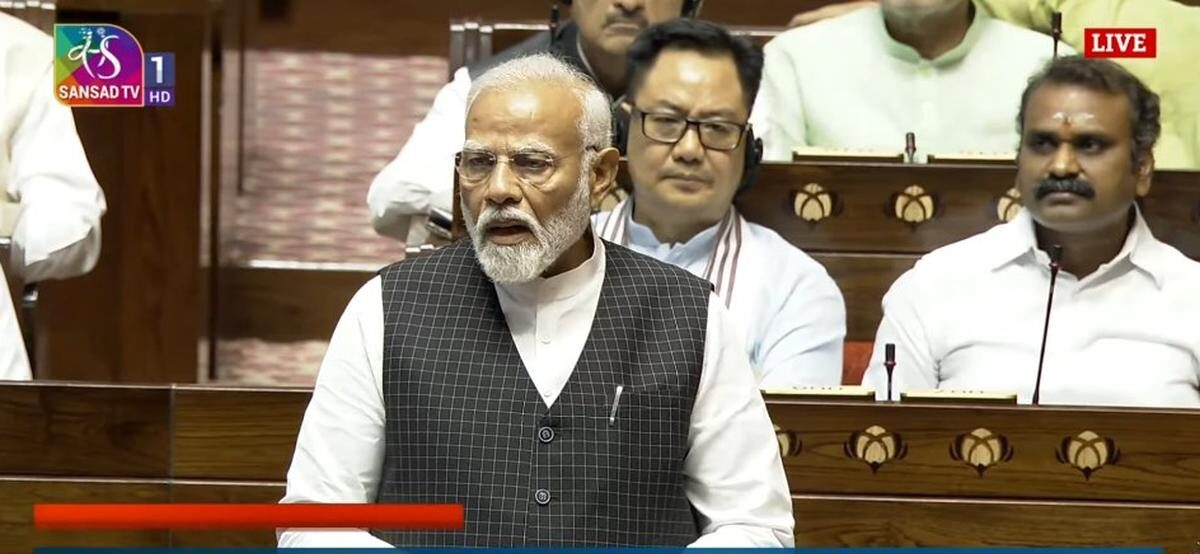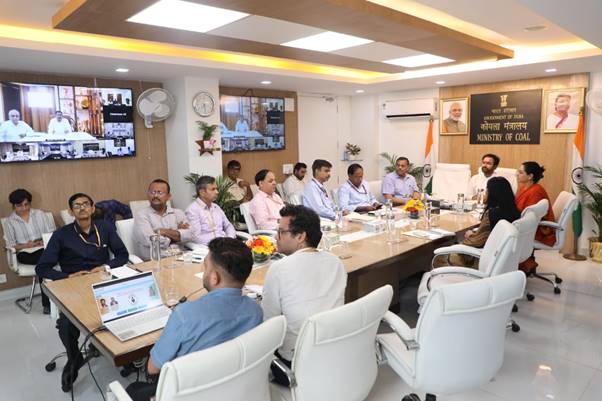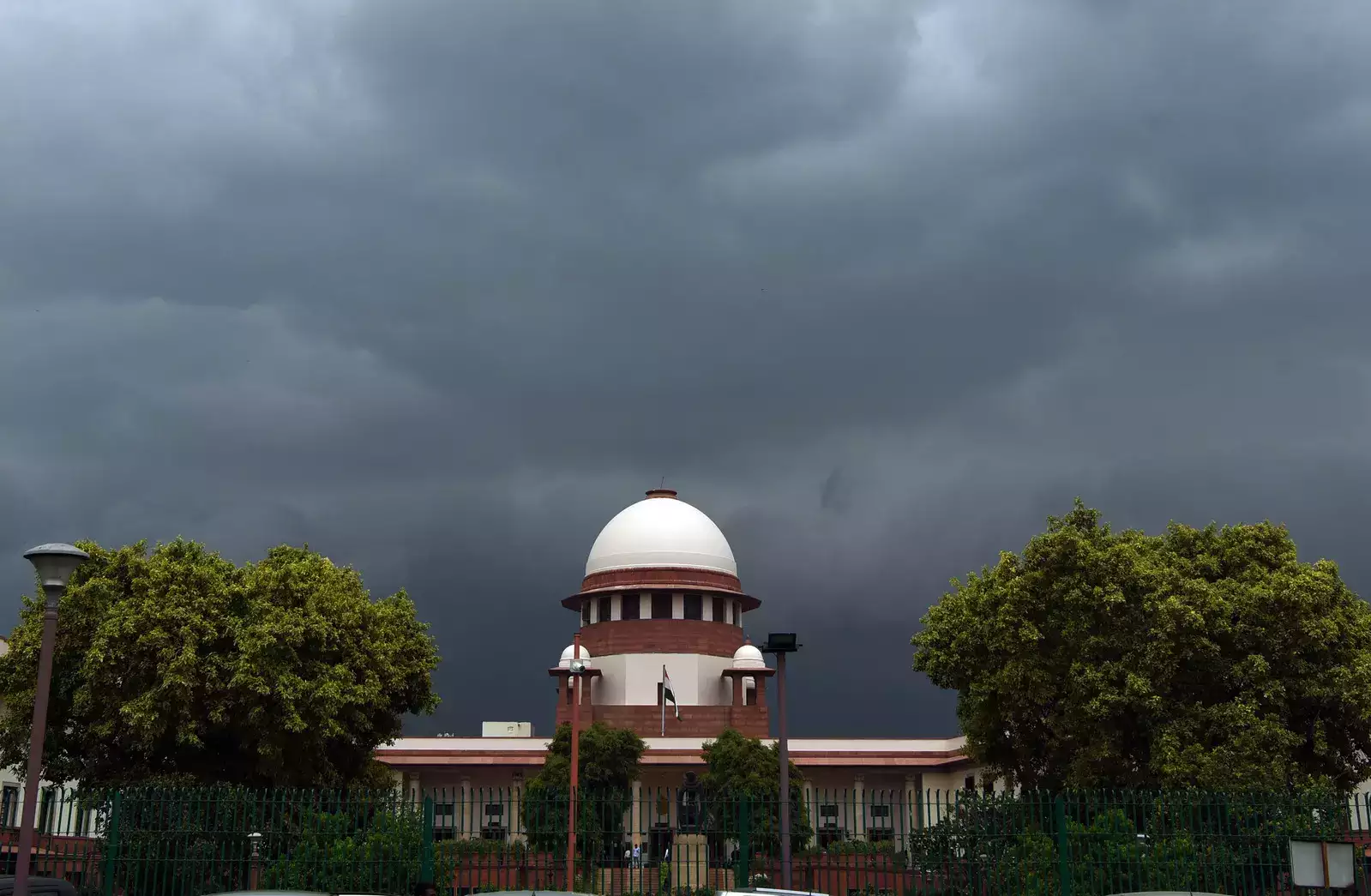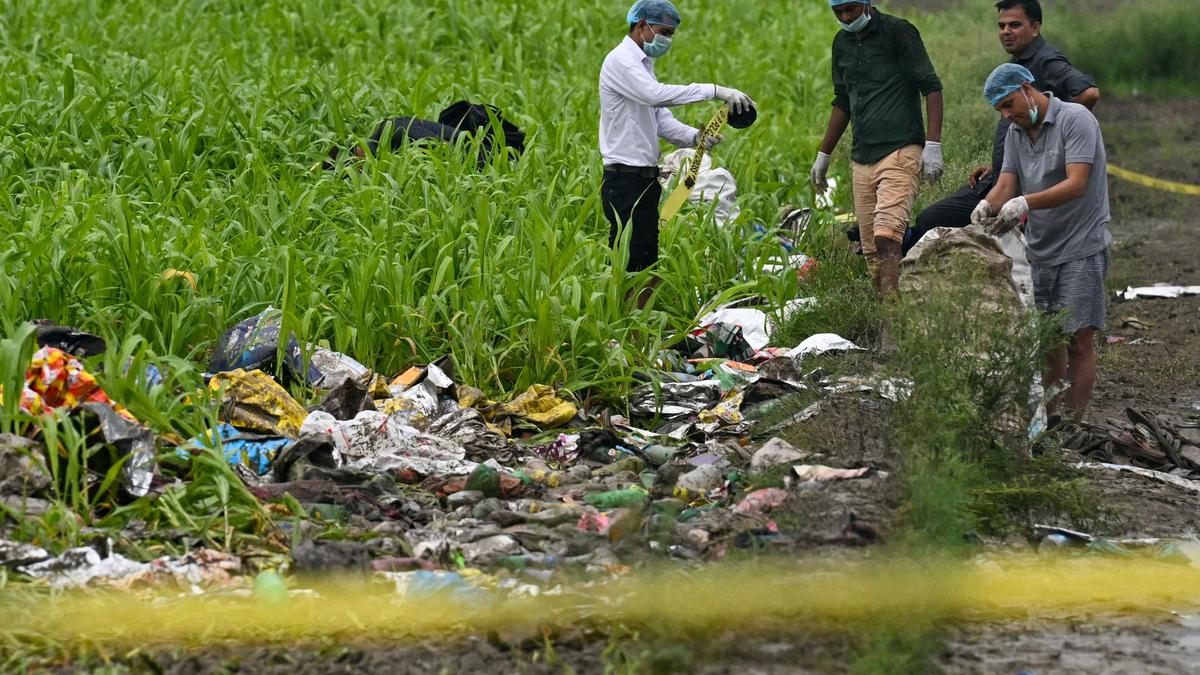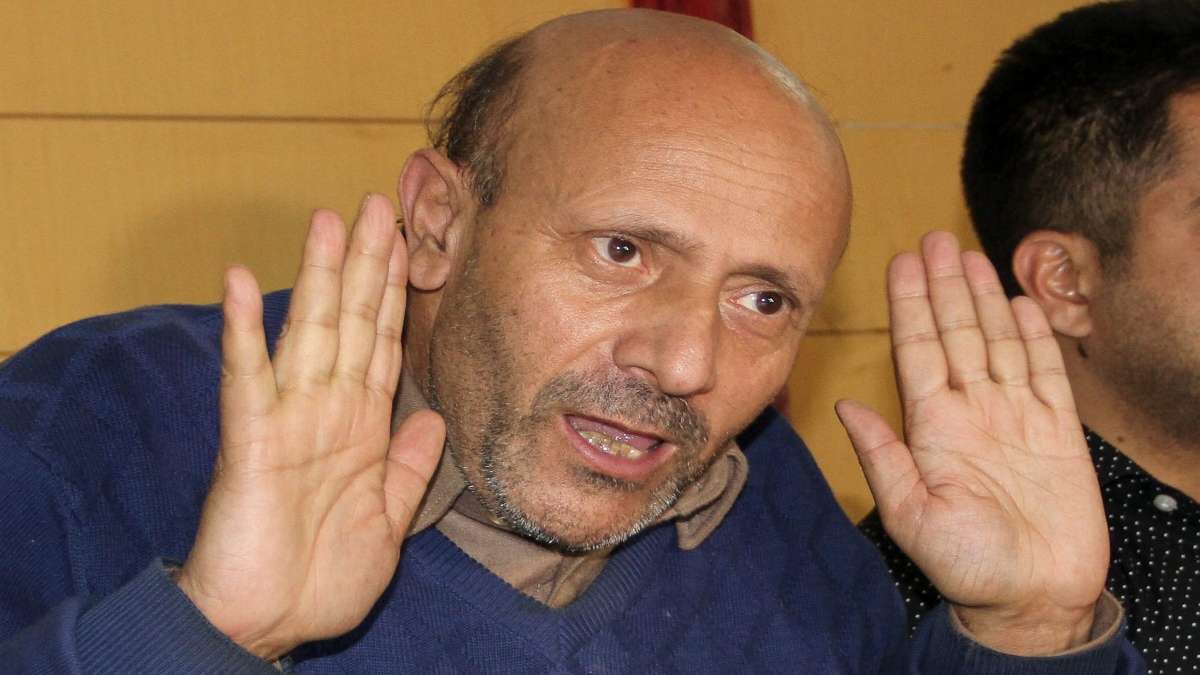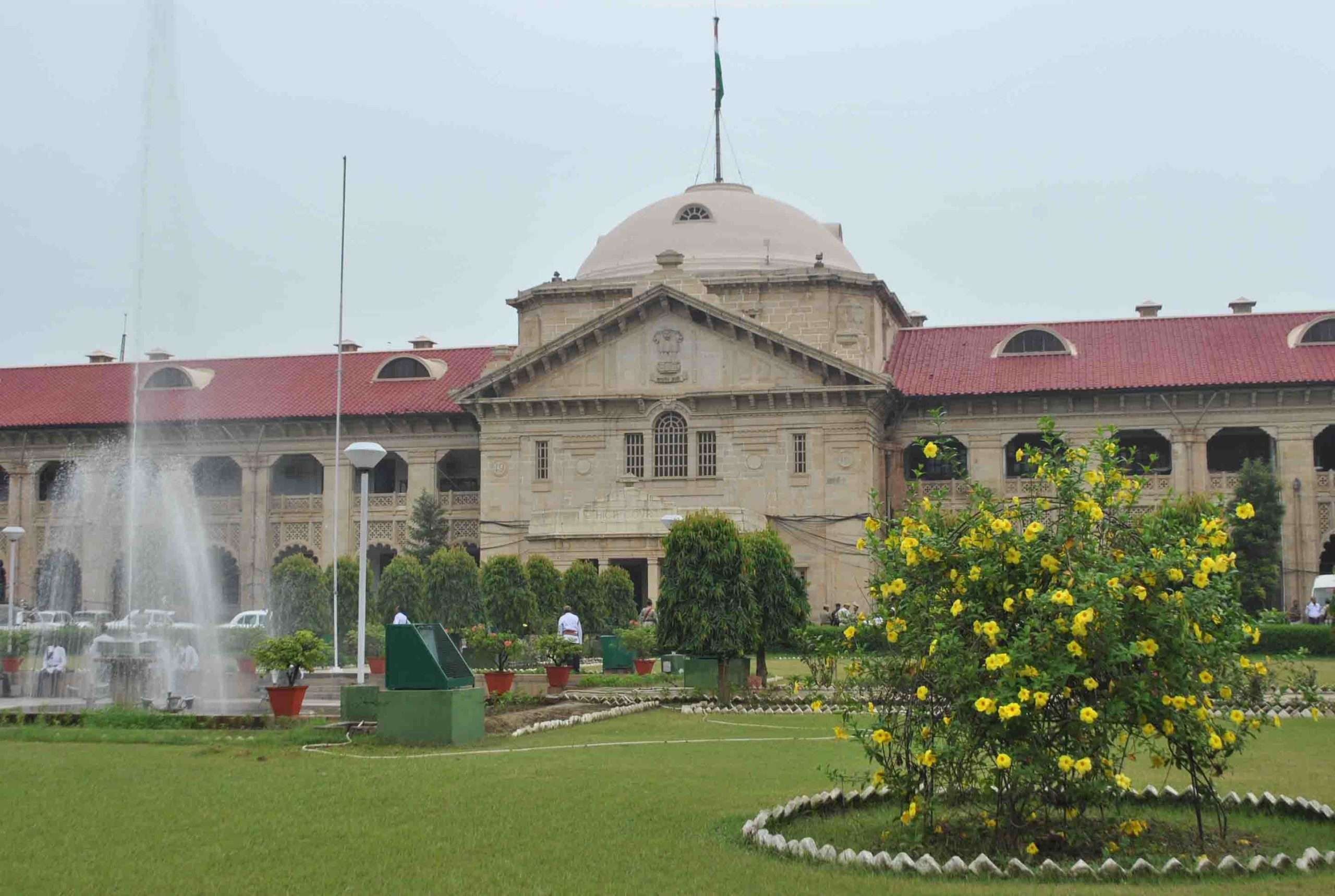On November 21, the Archaeological Survey of India (ASI) submitted before the Allahabad High Court that it is assessing the modern techniques that can be adapted to determine the age of the Shivling found inside the Gyanvapi complex.
Additionally, the ASI’s counsel requested three months’ time to submit the Director General’s opinion as to whether a safe evaluation of the age of the Shivling, can be done by adopting the scientific methodology. The Court posted the matter for further hearing on November 30 after refusing to grant the same.
The method of relative carbon dating may be adopted to determine the age of the structure. It was also stated that these are just prima facie observations and the ASI is still contemplating as to what methods could be adopted to determine the age of the Shivling, the Counsel for the ASI, Manoj Kumar Singh said.
A proper and comprehensive report would be filed by it then only a conclusive opinion could be given by it as to how the age of the structure can be determined, he further said.
In response to these submissions, the Bench of Justice JJ Munir asked the counsel for the ASI to rule out any possibility of damage to the Shivling.
Advocate Vishnu Shankar Jain, the counsel for the Hindu side, said that it was essential to determine the age of the Shivling and that ASI should use any appropriate scientific method to do so without damaging the structure.
Earlier this month, the Allahabad High Court admitted the plea challenging the Varanasi Court’s October 14 order rejecting the Hindu side’s plea seeking carbon dating of the Shivling.
The Shivling was found inside the premises of the disputed Gyanvapi structure during a court-mandated videography survey.


